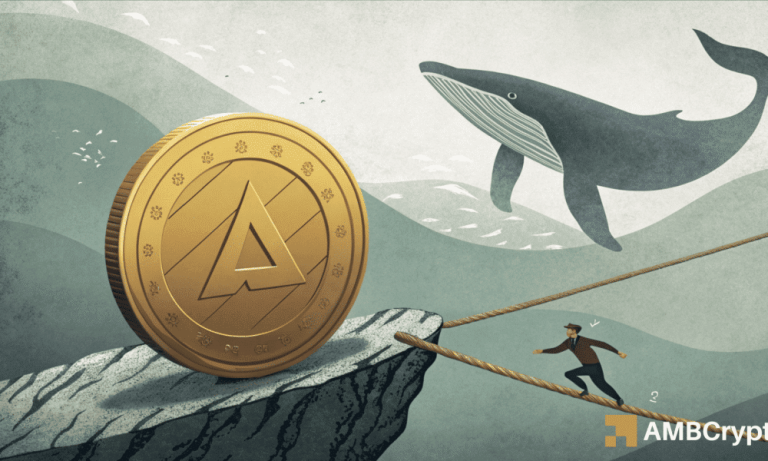
Sustainable Living: Emerging Trends for 2025
Sustainable Living is becoming increasingly important in today’s world, and as we look to the future, it’s essential to stay ahead of the curve. In this article, we’ll explore the emerging trends in sustainable living for 2025, covering everything from eco-friendly homes to green transportation and conscious consumerism.
Introduction to Sustainable Living
Sustainable living refers to the practice of reducing our impact on the environment by making conscious choices in our daily lives. This can include anything from using public transport or carpooling, to buying locally sourced and seasonal produce, to reducing our energy consumption at home. As the world becomes increasingly aware of the importance of sustainability, we’re seeing a surge in innovative products, services, and technologies that make it easier for us to live more sustainably.
Emerging Trends in Sustainable Living for 2025
So, what can we expect to see in the world of sustainable living in 2025? Here are some of the top emerging trends to watch out for:
- Eco-Friendly Homes: With the rise of sustainable architecture, we can expect to see more homes being built with eco-friendly materials and designed to minimize their impact on the environment. This includes features such as solar panels, rainwater harvesting systems, and energy-efficient appliances.
- Green Transportation: As concern about climate change continues to grow, we’re seeing a shift towards more sustainable modes of transportation. This includes the development of electric and hybrid vehicles, as well as increased investment in public transport and cycling infrastructure.
- Conscious Consumerism: Consumers are becoming increasingly aware of the impact of their purchasing decisions on the environment, and are seeking out products that are sustainably sourced and produced. This includes a rise in demand for second-hand and eco-friendly products, as well as a reduction in single-use plastics.
- Vertical Farming: With the global population projected to reach 9.7 billion by 2050, finding sustainable ways to produce food is becoming increasingly important. Vertical farming, which involves growing crops in vertically stacked layers, is one innovative solution that’s gaining traction.
- Renewable Energy: As the cost of renewable energy technologies continues to fall, we can expect to see a significant increase in the adoption of solar and wind power in 2025. This will not only reduce our reliance on fossil fuels but also help to mitigate climate change.
Benefits of Sustainable Living
So, why is sustainable living so important? The benefits are numerous, and include:
- Reduced Carbon Footprint: By making sustainable choices, we can significantly reduce our carbon footprint and help to mitigate climate change.
- Cost Savings: Sustainable living can also help us to save money, by reducing our energy consumption and waste.
- Improved Health: Sustainable living often goes hand-in-hand with a healthier lifestyle, by promoting locally sourced and organic food, and reducing our exposure to toxic chemicals.
- Increased Food Security: By supporting local and sustainable agriculture, we can help to increase food security and ensure that everyone has access to fresh, healthy produce.
Conclusion
In conclusion, sustainable living is an essential practice that’s becoming increasingly important in today’s world. As we look to the future, it’s exciting to think about the emerging trends and innovations that will help us to live more sustainably. From eco-friendly homes to green transportation and conscious consumerism, there are many ways that we can make a positive impact on the environment. By staying ahead of the curve and embracing these emerging trends, we can help to create a more sustainable future for ourselves and for generations to come.




